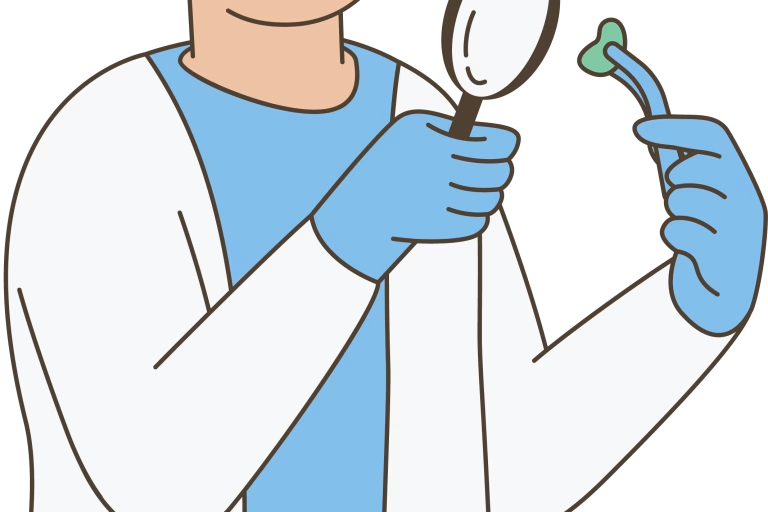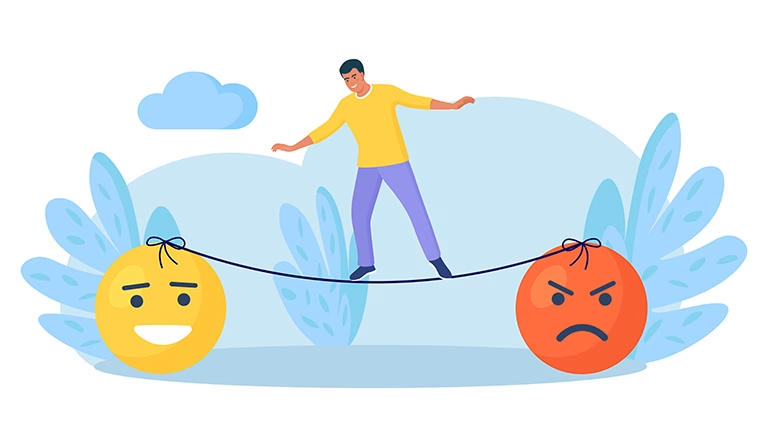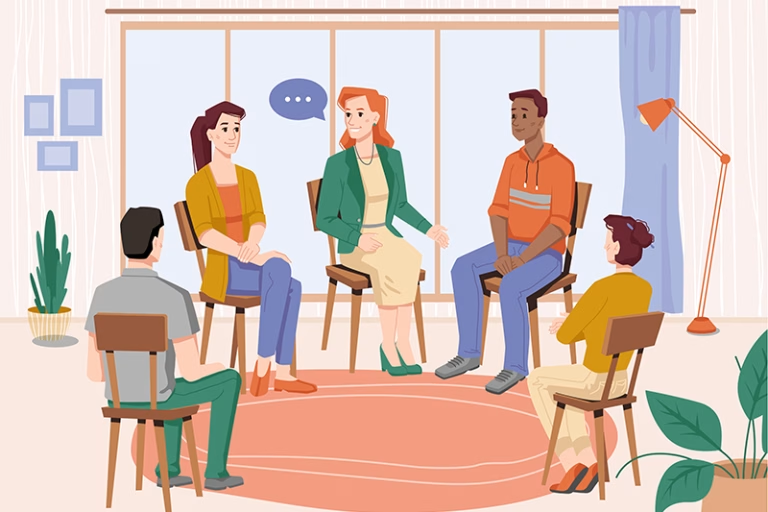Emotions are often described as reactions to events, thoughts, or situations. But what if emotions are not just the result of one cause, but a pattern that builds through many small interactions inside us? This is the idea behind network theories of emotion—a fresh way to understand how emotions form, grow, and sometimes become overwhelming.
What Are Network Theories of Emotion?
Rather than treating emotions as single responses to external events or internal processes (like thoughts or bodily sensations), network theories suggest that emotions are made up of many parts that influence each other. These parts might include:
- Thoughts (e.g., “I’m not good enough”)
- Bodily sensations (e.g., tension in the chest)
- Behaviours (e.g., withdrawing from others)
- Memories
- Mental images
- Beliefs and appraisals
Each of these parts is called a node. The theory proposes that emotions emerge when these nodes interact and reinforce each other—like a chain reaction.
Emotions as Self-Sustaining Systems
Think of a network like a web. If you pull one thread, the others move too. In emotional networks, one small change—like a negative thought—can trigger physical tension, which might then increase worry or sadness. If this cycle happens often, the network becomes stronger and harder to break.
For example, in anxiety:
- A person notices a racing heart (sensation)
- They think, “Something is wrong” (thought)
- They avoid social contact (behaviour)
- They remember a past panic episode (memory)
These pieces connect and activate each other, creating a loop that feels hard to escape.
Why This Matters in Therapy
Understanding emotions as networks helps us move beyond simply trying to “fix” one symptom. Instead, we can work on changing the connections that keep emotional patterns going. This might mean:
- Targeting thoughts that keep the network active
- Breaking behavioural habits that reinforce the emotion
- Practicing mindfulness to reduce reactivity between nodes
- Strengthening new, healthier connections (e.g., self-compassion, grounding skills)
This approach gives people tools to work with their emotions in a more flexible way, helping them feel more in control rather than trapped by them.
A Fresh Way of Thinking
Network theories don’t replace traditional approaches like cognitive behavioural therapy (CBT) or trauma-focused therapy—they add another layer of understanding. For people struggling with long-term emotional distress, they can offer a helpful roadmap. Rather than searching for one root cause, we explore how patterns hold together and what we can do to shift them.
Final Thoughts
Emotions are not just feelings—they are made of many moving parts that shape our experience. Network theories of emotion give us a new way to understand emotional life, especially when patterns feel stuck or hard to explain. In counselling, this can open up new paths for healing, change, and self-awareness.
Ready to begin? Start your online therapy journey today. Book your first session now.




